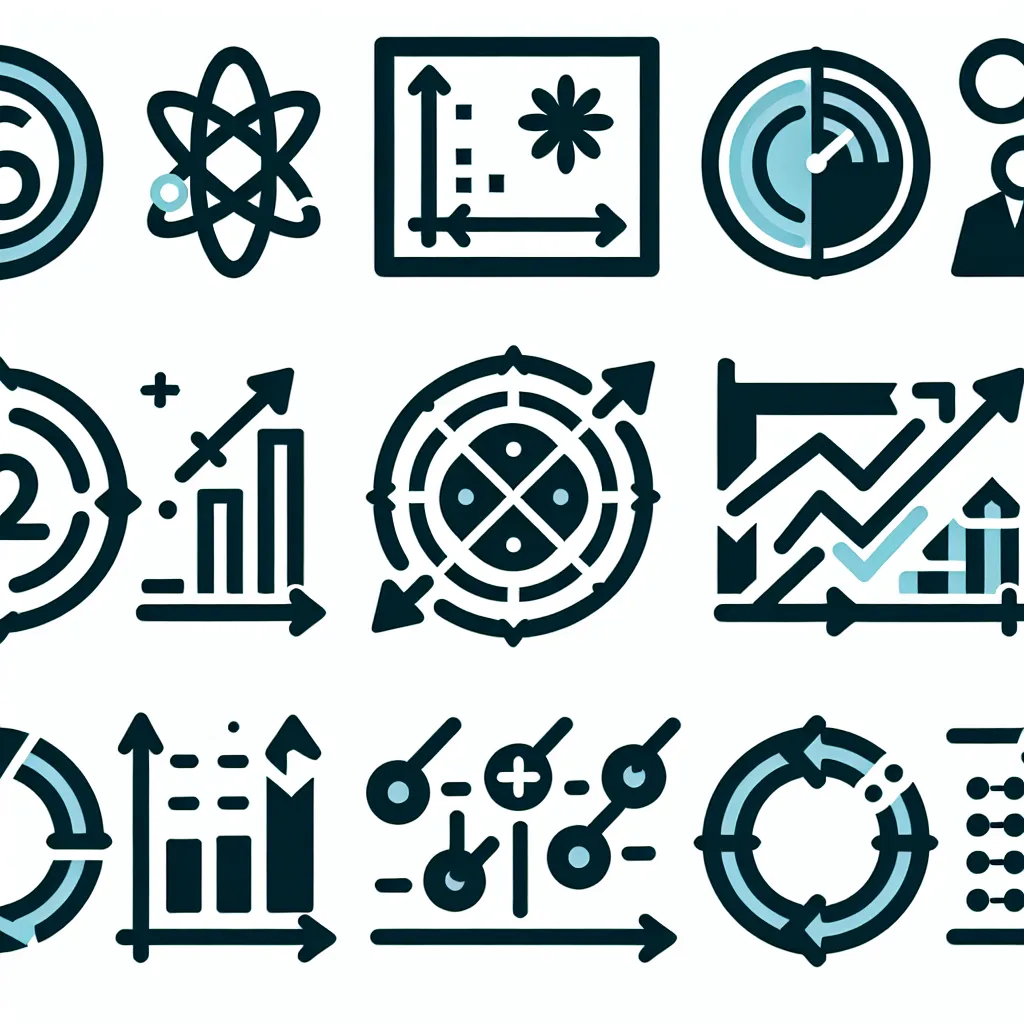Process improvement is a crucial aspect of many businesses, and employers often seek candidates who can contribute to enhancing operational efficiency. If you’re preparing for a job interview, it’s essential to be ready to discuss your experience and ideas related to process improvement. This article will guide you through answering questions about process improvement effectively, helping you showcase your skills and stand out as a valuable candidate.
Understanding Process Improvement
Process improvement refers to the systematic approach of identifying, analyzing, and improving existing business processes to optimize performance, meet best practice standards, or simply improve quality and user experience for customers and end-users. It’s a critical skill in many industries, from manufacturing to software development and customer service.
Why Employers Ask About Process Improvement
Employers ask about process improvement for several reasons:
- To assess your analytical skills
- To evaluate your problem-solving abilities
- To gauge your commitment to efficiency and quality
- To understand your experience with implementing changes
- To determine if you can contribute to the company’s growth and development
 Process Improvement Interview
Process Improvement Interview
Strategies for Answering Process Improvement Questions
When faced with questions about process improvement during an interview, consider the following strategies:
1. Use the STAR Method
The STAR (Situation, Task, Action, Result) method is an excellent framework for structuring your answers:
- Situation: Describe the context of the process that needed improvement
- Task: Explain what you were responsible for in this situation
- Action: Detail the steps you took to improve the process
- Result: Share the outcomes of your actions, using specific metrics if possible
2. Provide Specific Examples
Employers appreciate concrete examples that demonstrate your experience. Be prepared to discuss:
- A time when you identified an inefficient process
- How you analyzed the problem
- The steps you took to implement improvements
- The results of your efforts, including any measurable outcomes
3. Highlight Your Analytical Skills
Emphasize your ability to:
- Gather and analyze data
- Identify patterns and bottlenecks
- Use tools and methodologies like Six Sigma, Lean, or Kaizen
- Collaborate with team members to brainstorm solutions
4. Demonstrate Your Communication Skills
Explain how you:
- Presented your findings to stakeholders
- Gained buy-in for your proposed changes
- Trained team members on new processes
- Handled any resistance to change
Sample Questions and Answers
Here are some common questions about process improvement and how you might answer them:
Q1: Can you describe a time when you improved a process at work?
A: “At my previous job in customer service, I noticed that our ticket resolution time was longer than industry standards. I analyzed our workflow and found that tickets were being passed between departments unnecessarily. I proposed a new routing system that directed tickets to the most appropriate department immediately. After implementing this change, we reduced our average resolution time by 30% and improved customer satisfaction scores by 15%.”
Q2: How do you identify processes that need improvement?
A: “I believe in a data-driven approach to identifying areas for improvement. I start by looking at key performance indicators and comparing them to industry benchmarks. I also gather feedback from team members and customers to understand pain points. Additionally, I use process mapping to visualize workflows and identify bottlenecks or redundancies. This comprehensive approach helps ensure that we focus on improvements that will have the most significant impact.”
Q3: What methodologies or tools do you use for process improvement?
A: “I’m well-versed in several process improvement methodologies. I’ve used Six Sigma techniques to reduce defects in manufacturing processes, and I’m a certified Lean practitioner. I’m also familiar with Agile methodologies for software development. In terms of tools, I’m proficient with process mapping software like Lucidchart and data analysis tools like Tableau. I believe in choosing the right methodology and tools based on the specific needs of the project and the organization.”
 Process Improvement Tools
Process Improvement Tools
Q4: How do you handle resistance to process changes?
A: “Change can be challenging, so I approach resistance with empathy and clear communication. First, I ensure that the benefits of the change are well-documented and clearly explained to all stakeholders. I involve team members in the improvement process from the beginning, seeking their input and addressing their concerns. I also implement changes gradually when possible, allowing for adjustment periods. Additionally, I provide thorough training and support throughout the transition. By fostering a collaborative environment and demonstrating the positive outcomes, I’ve successfully overcome resistance in past projects.”
Q5: Can you give an example of a process improvement that didn’t go as planned? What did you learn?
A: “In a previous role, we implemented a new inventory management system to improve efficiency. While the system looked promising on paper, we underestimated the time required for staff training and data migration. This led to initial confusion and temporary decreases in productivity. From this experience, I learned the importance of thorough planning, especially regarding change management and training. I also realized the value of piloting changes on a smaller scale before full implementation. These lessons have informed my approach to process improvement ever since, leading to more successful outcomes in subsequent projects.”
Common Mistakes to Avoid
When discussing process improvement in interviews, be careful to avoid these common pitfalls:
- Being too vague: Always provide specific examples and metrics.
- Focusing only on the outcome: Explain your thought process and methodology.
- Ignoring the human element: Acknowledge the importance of change management and stakeholder buy-in.
- Overemphasizing tools: While important, tools are just one part of process improvement.
- Not addressing challenges: Be honest about obstacles you faced and how you overcame them.
Follow-up Questions and Suggested Answers
Here are some additional questions you might encounter, along with brief suggested answers:
-
Q: How do you prioritize which processes to improve?
A: “I prioritize based on potential impact, urgency, and feasibility. I analyze data to identify which processes, if improved, would yield the highest ROI or solve the most pressing issues.” -
Q: How do you measure the success of a process improvement initiative?
A: “I establish clear, measurable KPIs at the outset of any improvement project. These might include efficiency metrics, quality indicators, cost savings, or customer satisfaction scores. I then track these metrics before, during, and after implementation to quantify the impact.” -
Q: How do you stay updated on the latest process improvement techniques?
A: “I regularly attend industry conferences, participate in webinars, and am part of professional networks focused on process improvement. I also read industry publications and take online courses to continuously expand my knowledge.” -
Q: How would you approach improving a process in an area where you’re not a subject matter expert?
A: “I would start by collaborating closely with the subject matter experts in that area. I’d combine their domain knowledge with my process improvement expertise. I’d also do extensive research and potentially bring in external consultants if needed.” -
Q: Can you explain how you would use data analytics in process improvement?
A: “Data analytics is crucial for identifying inefficiencies, predicting outcomes, and measuring results. I use tools like Python and R for data analysis, visualization tools like Tableau for presenting findings, and statistical methods to ensure the validity of my conclusions.”
For more insights on showcasing your skills in interviews, you might find our articles on how to answer questions about customer satisfaction and how to answer questions about adaptability and flexibility helpful.
Conclusion
Answering questions about process improvement effectively can significantly boost your chances of success in a job interview. By understanding the importance of process improvement, preparing specific examples, and showcasing your analytical and communication skills, you can demonstrate your value as a candidate who can contribute to the company’s efficiency and growth.
Remember to use the STAR method, provide concrete examples, and be prepared to discuss both successes and challenges in your process improvement experiences. With thorough preparation and a clear understanding of your achievements, you’ll be well-equipped to impress your interviewers and highlight your process improvement expertise.
We encourage you to practice these answers and adapt them to your personal experiences. If you have any additional questions or would like to share your own experiences with process improvement interviews, please feel free to leave a comment below.




